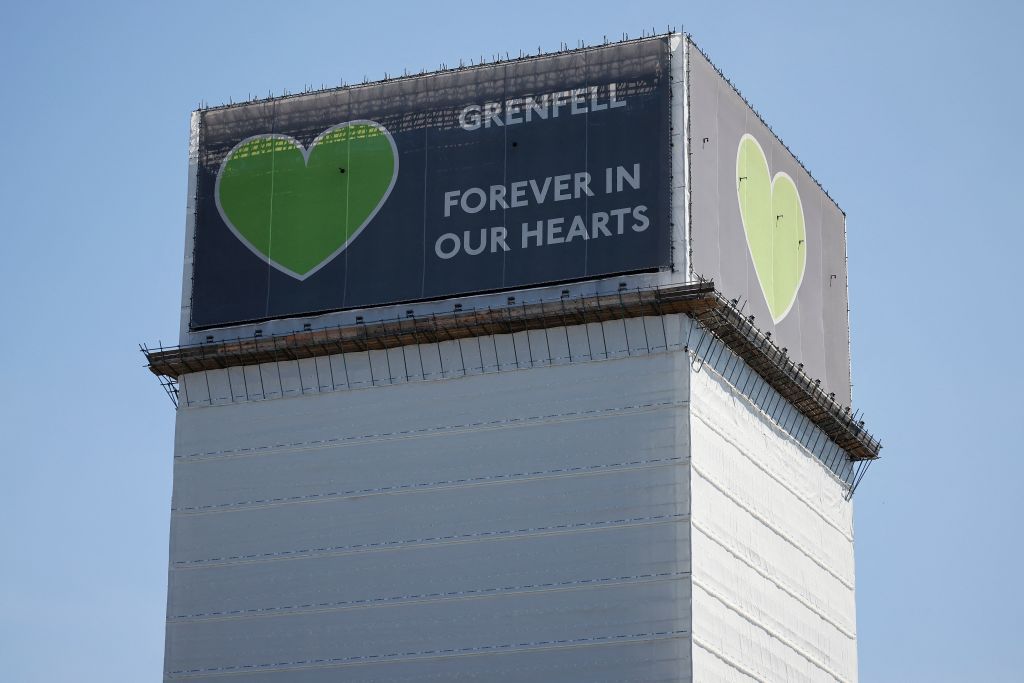The government’s Building Safety Bill has been a long time coming, but its publication today offers little certainty for residents caught up in Britain’s cladding scandal.
For leaseholders, the bad news is this: many will remain trapped in buildings cloaked in combustible external wall systems. Despite the housing secretary Robert Jenrick’s insistence that the new system would ‘reassure the vast majority of residents’, there is little in the bill to alleviate their worries.
To throw more money at it will inevitably lead to more corners being cut and workers without the proper competence being drafted in
The bill proposes the creation of a new Building Safety Regulator (BSR), although an interim regulator has already been appointed through a change of desk for Peter Baker, the Health and Safety Executive’s former chief inspector of construction, who is already assembling his interim regulatory team. Draft secondary legislation addresses the competence of people working on high rise buildings in relation to life safety issues, a key concern of Dame Judith Hackitt’s independent review of building regulations and fire safety in May 2018; and the bill makes provision for an industry competence committee as one of three advisory committees to be hosted by the BSR; but the Interim ICC has already met.
There also remains a lack of priority in terms of the remediation programme and the expansion of the scope of the bill (it is worth remembering that Hackitt’s original recommendations were to legislate for buildings of ten storeys or more) has substantially increased the number of existing buildings that come within scope of the proposed legislation. There is a hierarchy of risk associated with buildings that are deemed to be unsafe, and it would be sensible to work downwards, dealing with the most dangerous buildings first.
But the bill presents a broad brush approach to thousands of existing buildings. It was a tragic failing in fire safety that triggered the need for this bill but the recent partial collapse of Champlain Towers in Miami has emphasised the importance of issues of structural failure and other threats to life apart from fire.
The government has already set aside £5bn, in three separate funds, to deal with buildings currently deemed to be unsafe. Around 470 eligible buildings were identified as having a similar ACM (Aluminium Composite Material) system that covered Grenfell Tower; all but 19 have had the work completed or are undergoing work (the remaining buildings are largely vacant). The first of two Building Safety Funds (£1bn) has had up to 2,000 applications that are likely to be eligible, although work is being carried out on only around 30 so far. The second Building Safety Fund of £3.5bn has not yet opened.
Many of those caught up in this cladding scandal have argued the case for addressing issues on more buildings, including those down to four storeys, but the industry is already struggling to meet existing demands. Quite apart from the well-documented shortages of building materials and drivers, the scarcity of workers with the competence needed to remediate external wall systems on high-rise buildings – and the hardening of the professional indemnity insurance market on anything to do with fire safety and cladding tall buildings – has greatly reduced the capacity to do this work.
To throw more money at this problem (especially when most of £4.5bn is still waiting to be spent) will inevitably lead to more corners being cut and workers without the proper competence being drafted in. Avoiding the potential of this ever-diminishing spiral demands appropriate prioritisation determined by risk to life safety.
This building safety legislation will turn the tide on 40 years’ of deregulation with a radically new regulatory regime that will create more certainty, especially in terms of accountability in the consecutive stages of design, construction and management of the completed building. That, of course, is very welcome: it’s good news for those who will live in the high-rise buildings of tomorrow. But the truth is that it does little to alleviate the devastating concerns of people who will still lie awake, trying to sleep in tall buildings they feel to be unsafe.






Comments